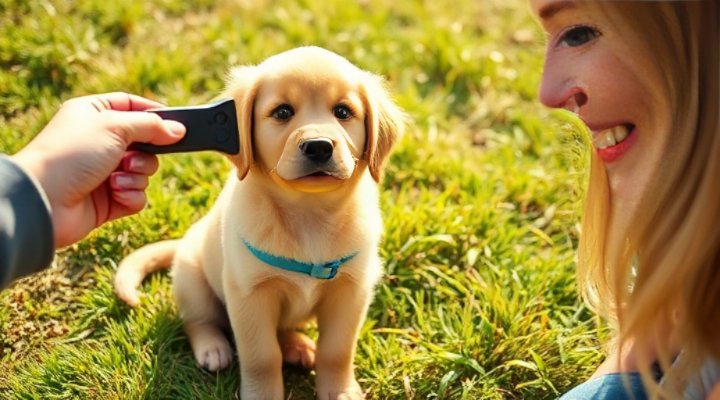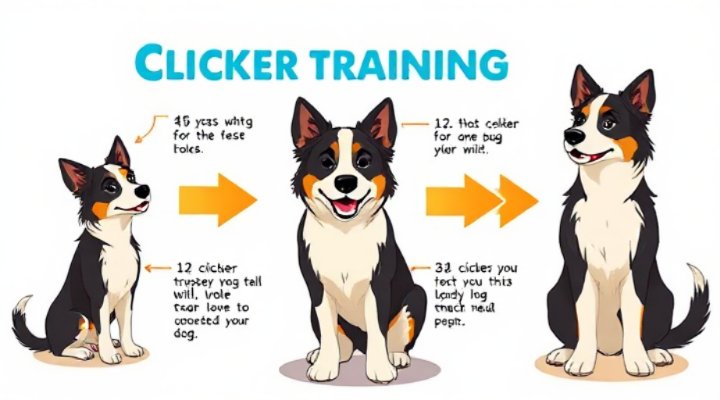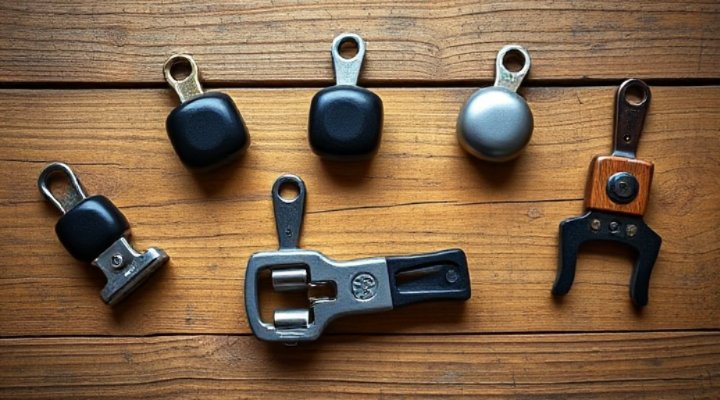Have you ever wondered how professional trainers achieve such remarkable results with dogs? The secret often lies in a simple yet powerful tool – the dog training clicker. This small device creates a distinct clicking sound that marks desired behaviors, making training more efficient and enjoyable for both pets and owners.

Why Clicker Training Works So Well
The science behind dog training clicker methods is fascinating. When you pair the click sound with immediate rewards, your dog’s brain makes a clear connection between the behavior and the positive outcome. This method, known as operant conditioning, was pioneered by behavioral psychologist B.F. Skinner.
What makes clicker training superior to other methods? First, the click sound is consistent and instantaneous – something human voices can’t always achieve. Second, it removes emotional tone from the equation, making communication clearer for your pet. As a result, dogs learn faster and retain behaviors longer.

Getting Started with Your Dog Training Clicker
Beginning clicker training is simple, but following the right steps ensures success. Here’s how to start:
- Charge the clicker: Before any training, create positive associations by clicking and immediately giving a treat, repeating 10-15 times.
- Choose your first behavior: Start with something simple like ‘sit’ or targeting (touching nose to your hand).
- Perfect your timing: The click must happen during the desired behavior, not after it’s completed.
Remember, as emphasized in our dog training courses guide, short sessions (5-10 minutes) several times a day work best for maintaining your dog’s focus.

Common Clicker Training Mistakes to Avoid
Even with the best intentions, some common pitfalls can slow progress:
- Clicking without following through with a treat (breaks trust in the clicker)
- Using the clicker as a remote control (it marks behavior, doesn’t command it)
- Progressing too quickly through training steps
- Training when frustrated (dogs sense our emotions)
For more on building positive behaviors, check out our dog behavior courses guide.

Advanced Clicker Training Techniques
Once you’ve mastered basics, try these advanced methods:
Shaping: Reward successive approximations of a complex behavior. For example, teaching a dog to turn off lights might begin with just looking at the switch.
Chaining: Linking multiple behaviors together into a sequence, like those seen in dog trick training.
Variable reinforcement: Gradually reducing treat frequency while maintaining behavior reliability.
These techniques showcase why clicker training is favored in intensive training programs.

Clicker Training for Special Situations
The versatility of clicker training shines in specific scenarios:
Puppies: Ideal for early socialization and preventing problem behaviors.
Senior dogs: Helps keep aging minds active and can retrain behaviors affected by cognitive decline.
Rescue dogs: Builds confidence in dogs with unknown or traumatic histories.
Service dogs: Precise marking is crucial for complex assistance tasks.
For personalized approaches, consider consulting a personal dog trainer.
Related Keywords
positive reinforcement training, clicker training techniques, dog behavior modification, puppy clicker training, scientific dog training methods, marker training for dogs, operant conditioning pets
